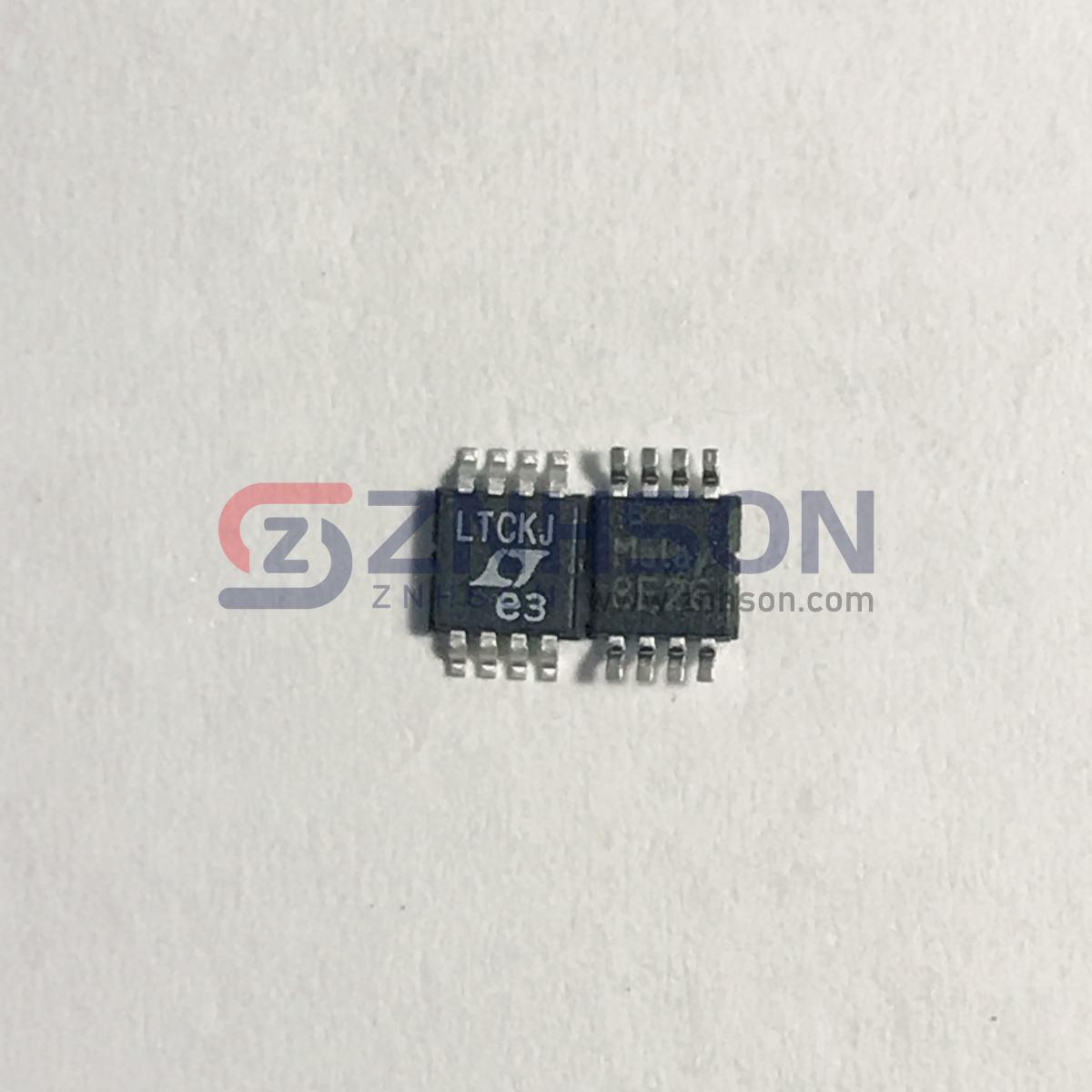Clock/Timing - Programmable Timers and Oscillators

Clock/Timing - Programmable Timers and Oscillators
Clock/Timing - Programmable Timers and Oscillators
Definition:
Clock/Timing - Programmable Timers and Oscillators are specialized integrated circuits (ICs) designed to generate, manipulate, and distribute precise timing signals within electronic systems. These components are critical for synchronizing operations, ensuring data integrity, and maintaining system stability across a wide range of applications, from consumer electronics to industrial automation and telecommunications.
Types of Products in This Category:
This classification encompasses a variety of programmable timing solutions, including:
- Programmable Oscillators: Configurable clock generators that allow users to set output frequencies, voltage levels, and other parameters to meet specific system requirements.
- Timing Generators: ICs that produce stable clock signals with low jitter and high accuracy, often used in high-speed data transmission and processing.
- Real-Time Clocks (RTCs): Battery-backed devices that maintain accurate timekeeping even when the main system power is off.
- Clock Buffers and Drivers: Components that distribute clock signals across multiple subsystems while minimizing skew and signal degradation.
- Programmable Delay Lines: Adjustable timing devices used to fine-tune signal propagation delays in high-performance circuits.
Purchasing Recommendations:
When selecting programmable timers and oscillators, consider the following factors to ensure optimal performance and compatibility:
1. Frequency Range and Stability: Choose devices that support the required frequency range with minimal drift or jitter for your application.
2. Programmability: Opt for ICs with flexible configuration options (e.g., I2C, SPI interfaces) to simplify integration and future adjustments.
3. Power Consumption: For battery-powered or energy-efficient designs, prioritize low-power variants.
4. Environmental Robustness: In industrial or automotive applications, select components with wide temperature ranges and high shock/vibration tolerance.
5. Supplier Reliability: Source from reputable manufacturers to ensure consistent quality, longevity, and technical support.
By carefully evaluating these criteria, you can enhance system performance, reduce design complexity, and future-proof your electronic projects.



















